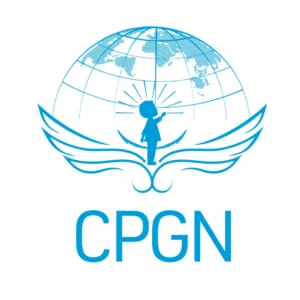The Role of AI and Big Data in Identifying At-Risk Children
Learn how AI and big data are transforming U.S. child welfare, from detecting early signs of abuse to preventing neglect while balancing ethics, privacy, and compassion.

A New Era in Child Protection
Across the United States, millions of children interact with schools, hospitals, and social services every year, and within that vast web of data lie silent warnings. Missed medical appointments. Sudden drops in school attendance. Emergency room visits are coded under “accidental injuries.”
These patterns, once invisible, are now being illuminated through Artificial Intelligence (AI) and Big Data analytics, technologies with the potential to identify children at risk of abuse or neglect before harm occurs.
Recent research published in Children Journal (Lupariello et al., 2023) notes that predictive algorithms, when used responsibly, can help agencies detect early signals of maltreatment, enabling faster, data-driven interventions. In the U.S., states like California and Pennsylvania are already piloting AI-based predictive risk models to assist Child Protective Services (CPS) in prioritizing cases and reducing bias in decision-making.
Yet, with promise comes responsibility: how do we use this technology to protect, not profile?
What You’ll Learn
- AI and Big Data can help identify risk factors earlier, supporting social workers and CPS.
- Predictive analytics analyze thousands of data points (education, health, social records) to find hidden risks.
- Ethical design, data transparency, and community accountability are critical.
Understanding the Problem: Why AI Matters in Child Protection
Each year, U.S. Child Protective Services receives over 4 million reports of suspected child abuse or neglect. Social workers must make quick, life-altering decisions, often with limited time, incomplete information, and heavy caseloads.
AI tools can help by spotting patterns too subtle or complex for humans to detect. For instance, the Allegheny Family Screening Tool (Pennsylvania) uses data from public assistance, criminal justice, and child welfare systems to generate a risk score that helps screen hotline calls. Studies show it has improved consistency in how high-risk cases are identified.
Similarly, California’s LA County Department of Children and Family Services has tested machine learning tools that analyze family histories to predict the likelihood of future maltreatment, allowing caseworkers to prioritize children most in need.
This reflects what UNICEF and the U.S. Department of Health and Human Services (HHS) have emphasized: technology, when ethically deployed, can strengthen the safety net around children and empower human workers to act faster and smarter.
How Predictive Analytics Works
AI-driven systems use big data integration, combining information from schools, healthcare, and social services to detect risk patterns.
They typically analyze:
- Child welfare history: prior CPS reports, neglect patterns.
- Socioeconomic data: poverty levels, unemployment, housing instability.
- Healthcare data: hospital visits, chronic illness, injury reports.
- Education data: absenteeism, learning difficulties, behavioral notes.
These signals are fed into predictive models that flag families where risks might be escalating — allowing early outreach before crises occur.
However, the Lupariello et al. (2023) study emphasizes that AI should support human oversight, not make final decisions. The human element remains central to ensure fairness and context.
Ethics, Bias, and Data Privacy: The Human Side of AI
Technology alone cannot guarantee justice.
In fact, predictive systems can amplify existing inequalities if not handled carefully.
For example, a 2021 Carnegie Mellon University review found that risk models trained on biased data (e.g., over-policing in low-income or minority communities) could unfairly target certain groups. To prevent this, several U.S. jurisdictions now require:
- Algorithmic transparency: disclosing how systems make predictions.
- Independent audits: ensuring fairness across racial and economic lines.
- Data minimization: using only relevant, verified data for risk assessment.
Ethical AI in child protection isn’t about automating care, it’s about improving accuracy and equity while upholding every child’s right to dignity and privacy.
As UNICEF notes, technology in child welfare must always serve the “best interests of the child,” guided by human compassion and robust legal safeguards.
The U.S. Approach: Policies and Practical Applications
America’s child welfare technology efforts are guided by agencies like:
- U.S. Department of Health and Human Services (HHS) – supporting states with data modernization grants and the “Comprehensive Child Welfare Information Systems (CCWIS)” initiative to improve data sharing.
- Office of Planning, Research and Evaluation (OPRE) – funding research on AI-driven predictive risk modeling to improve CPS decision-making.
- Child Welfare Information Gateway – providing ethical frameworks and case studies for AI implementation in social work.
A promising example comes from Allegheny County, where predictive analytics have reduced unnecessary investigations while identifying truly high-risk cases earlier. The model’s success lies not just in data, but in community transparency; parents and advocates are informed about how the tool works, ensuring trust and accountability.
Strengthening Human + AI Collaboration
Experts agree: AI cannot replace empathy.
Algorithms can process vast amounts of data but social workers interpret the story behind the data.
To make this partnership effective, child welfare agencies are focusing on:
- Training caseworkers to interpret AI results critically.
- Cross-agency collaboration (schools, hospitals, CPS) for unified data access.
- Continuous evaluation of models to prevent harm or bias.
AI is not a decision-maker; it’s a decision-support tool, one that can give overburdened social workers a clearer, faster picture of which children might be silently in danger.
Safeguards and Accountability: Protecting Children’s Data
With great power comes great responsibility. Child data, especially involving health or abuse, is highly sensitive. The U.S. enforces privacy through laws such as:
- FERPA (Family Educational Rights and Privacy Act) – protects educational records.
- HIPAA (Health Insurance Portability and Accountability Act) – safeguards medical data.
- CAPTA (Child Abuse Prevention and Treatment Act) – mandates confidentiality in CPS reports.
As AI tools integrate across agencies, compliance with these protections and transparent data governance ensures children’s rights remain central.
The Global View: Lessons from Abroad

While the U.S. leads in data-driven CPS tools, global models offer inspiration.
In Europe, the Barnahús Model uses centralized digital case-sharing to reduce trauma in child abuse investigations. UNICEF’s Child Protection in the Digital Age initiative also promotes ethical AI to track trafficking and exploitation across borders.
These global efforts highlight one truth: technology must be a servant of humanity, not a substitute for it.
How CPGN Contributes
At the Child Protection Global Network (CPGN), we believe that technology should strengthen, not replace, human compassion.
Our advocacy promotes the ethical use of digital tools to prevent child abuse, improve coordination among agencies, and educate caregivers on emerging risks.
To learn how preventive factors can reduce child vulnerability, visit Protective Factors That Can Mitigate Child Abuse.
A Future of Smarter, Kinder Protection
AI and Big Data give us an extraordinary chance to spot danger before it becomes a tragedy — but it’s how we use them that defines our humanity.
The real innovation isn’t in algorithms; it’s in empathy guided by evidence.
As America builds a smarter, data-driven child protection system, we must ensure it stays grounded in what matters most: the belief that every child deserves to grow up safe, seen, and supported.
Join CPGN in shaping a future where technology protects every child.
Learn more about how we advocate for digital safety and prevention programs →
FAQs
Predictive analytics uses data from multiple sources (schools, health, CPS) to identify families or children who may be at higher risk, helping caseworkers respond early.
No. AI supports, not replaces, human judgment. It provides insights, but social workers make the final, context-based decisions.
Yes, when governed properly under privacy laws like HIPAA and FERPA. Data sharing in child welfare must follow strict confidentiality standards.
The biggest risks are data bias, misuse, and privacy violations. Ethical design, transparency, and oversight are crucial to prevent harm.
Mark Schwartz
Our goal is to ensure the safety and protection of every child until it is achieved. Our goal is to support communities in protecting the future of children and promoting their welfare.
Quick Links

Our goal is to ensure the safety and protection of every child until it is achieved. Our goal is to support communities in protecting the future of children and promoting their welfare.
Quick Links
Copyright © 2025 CPGN. All rights reserved by Majnate LLP | Privacy Policy | Terms and Conditions
